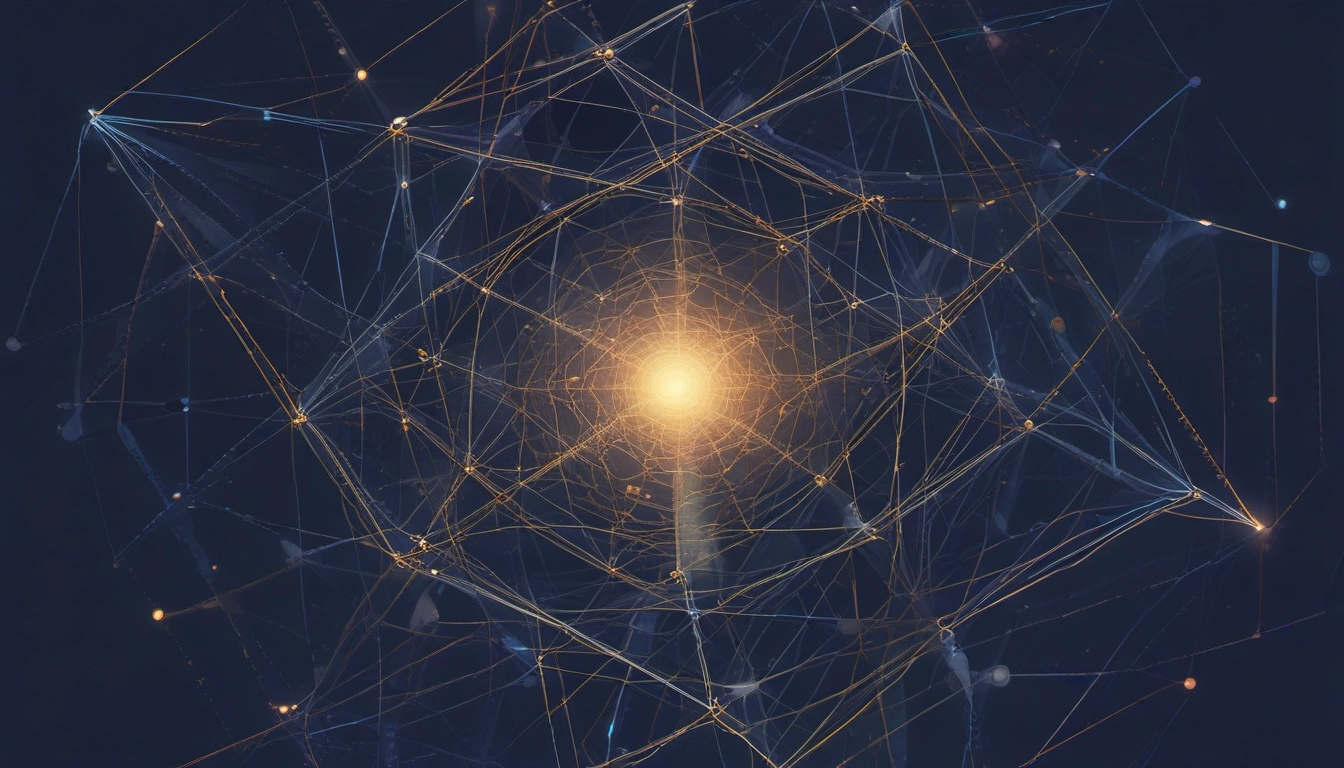RAG Architecture: The Enterprise Playbook
Build reliable RAG apps fast. Learn the patterns, pick the right design, and ship with our production checklist and comparison table.

Short answer: What RAG gives your enterprise
RAG architecture connects your LLM to your live, trusted data. It retrieves facts first, then generates an answer. Result: higher accuracy, fewer hallucinations, and clear sources—without retraining a model. Ship reliable AI faster and cheaper.
- Grounded answers: The model cites docs it retrieved, cutting hallucinations.
- Fresh data: Update the knowledge base anytime. No costly re-training.
- Enterprise control: Add auth, logs, and guardrails to protect data.
Want a fast start? Scroll to the Production RAG Readiness Checklist.
What is RAG architecture?
RAG (Retrieval-Augmented Generation) blends search and generation. A retriever finds relevant chunks. The LLM writes a response using those chunks as context.
You can learn more from Wikipedia, NVIDIA, AWS, Google Cloud, and Databricks.
Why it matters
- LLMs have static knowledge. RAG adds real-time or private data on demand.
- RAG reduces errors by grounding output in retrieved sources.
- It’s faster and cheaper to update than fine-tuning weights.
RAG vs. fine-tuning (quick guide)
- Use RAG when data changes often, needs source links, or must be access-controlled. See Databricks and SuperAnnotate.
- Use fine-tuning when you need tone, style, or task skills that retrieval can’t teach.
- Many teams use both: RAG for facts, fine-tuning for behavior.
RAG system design: core components
- Data ingestion & indexing: Clean, chunk, and embed content. See NVIDIA’s RAG phases and this RAG pipeline overview.
- Vector database: Stores embeddings for semantic search. Explained in Databricks’ glossary.
- Retriever: Finds top-k chunks for the query. Add filters (tenant, role).
- Re-ranker (optional): Improves relevance. Helps with noisy or long docs.
- Orchestrator: Routes steps and tools (for example, Azure Architecture Center flow or LangChain patterns).
- LLM (generator): Writes the answer with tight prompts and citations.
- Guardrails: Safety checks, PII redaction, and prompt-injection defense.
- Evaluation & monitoring: Measure retrieval quality and answer accuracy. See Microsoft’s evaluation guide.
Which RAG pattern should you use?
Pick the simplest pattern that meets your goals. As tasks grow, add structure. For a tour of options, see Humanloop’s 8 RAG architectures and Orq.ai’s guide.
| Pattern | When to use | Pros | Cons | Complexity |
|---|---|---|---|---|
| Simple RAG | Small KB; direct Q&A | Fast; low cost | May miss edge cases | Low |
| Multi-query RAG | Ambiguous queries | Better recall | More calls, higher cost | Low–Med |
| HyDE (hypothetical docs) | Sparse KBs | Boosts recall | Risk of extra noise | Med |
| Fusion/Ensemble RAG | Multiple sources | Robust results | Latency; dedupe needed | Med |
| Re-ranking RAG | Long docs; noisy chunks | Higher precision | Extra model cost | Med |
| Graph-aware RAG | Linked entities; compliance | Better reasoning | Graph overhead | Med–High |
| Self-correcting loop | High-stakes answers | Fewer errors | Complex prompts; slower | High |
| Agentic RAG | Multi-step tasks & tools | Flexible & powerful | Hard to test; guardrails | High |
Enterprises often start with Simple RAG and add re-ranking or fusion as needs grow. For real-time streams, consider event-driven retrieval with Confluent’s view.
Enterprise reference architecture (mental model)
Layers
- Data: Sources (wikis, PDFs, tickets, DBs), ETL, chunking, embeddings.
- Index: Vector DB + metadata filters (tenant, role, region).
- Retrieval: Top-k search, hybrid (BM25 + vector), re-ranking.
- Orchestration: Routing, tool use, retries, cache.
- Generation: Prompt templates, citations, formatting.
- Controls: Security, privacy, rate limits, audit logs.
- Evaluation: Offline tests, canary, A/B, feedback loops.
See a comparable flow in the Azure Architecture Center guide and Galileo’s deep dive.
Prototype to production: a 10-step plan
- Define the job-to-be-done: One clear task. Example: “Answer HR policy questions with citations.”
- Pick data: Start with 10–20 high-value docs. Add metadata (owner, date, scope).
- Chunking: 300–800 tokens with overlap. Keep sections intact (titles, lists).
- Embeddings: Choose a tested model; measure recall and speed.
- Index: Add filters (department, role). Enable hybrid search if possible.
- Retriever: Tune top-k (start at 5). Add a re-ranker if results feel off.
- Prompts: Demand citations and a JSON or bullet answer format. Add refusal rules.
- Evaluation: Create 50–200 test questions with gold answers. Track precision/recall and groundedness. See Microsoft’s guide.
- Security: Enforce tenant isolation and role checks at retrieval. Log and redact PII.
- Observe & iterate: Add feedback, alerts, and cost/latency budgets. Scale data only after the small set is solid.
Evaluation: how to know it’s working
- Retrieval: Recall@k, MRR, nDCG, and chunk overlap.
- Generation: Groundedness (are facts in sources?), factual accuracy, citation correctness, and style/format.
- System: Latency P50/P95, error rate, cost per answer, cache hit rate.
- Process: Offline tests before deploy; then canary, A/B, and live feedback. See Azure’s RAG evaluation.
Security, privacy, and governance (non-negotiable)
- AuthZ at retrieval: Filter by user, team, and region. Don’t just filter in the app; filter in the search query.
- PII protection: Redact before indexing. Mask logs. Apply data retention rules.
- Prompt-injection defense: System prompts that ignore untrusted instructions in retrieved text. Strip dangerous links.
- Audit & trace: Log query, retrieved chunks, model, and output. Keep a replay trail.
- Compliance: Use allowlists and content rules for finance/health. See AWS’s RAG overview.
Cost and latency playbook
- Reduce tokens: Summarize or trim chunks. Use tighter prompts.
- Tune k: Lower top-k if precision is strong. Add re-ranking instead of more chunks.
- Caching: Cache retrieval for frequent questions. Consider prompt and output caches.
- Right-size models: Use a smaller LLM for retrieval-augmented answers if quality holds.
- Parallel where safe: Run multi-query retrieval in parallel. Watch rate limits.
Tip: See the trade-offs called out by Databricks and the system flow in Azure AI Search.
Production RAG Readiness Checklist
Copy this and use it in your launch review.
- Scope
- One JTBD defined and agreed
- Success metrics set (accuracy, latency, cost)
- Data
- Sources inventoried and owners named
- PII policy applied pre-index
- Chunking tested (size, overlap)
- Index
- Embeddings model chosen and benchmarked
- Metadata filters (tenant, role, region) enforced
- Hybrid search and re-ranking evaluated
- Orchestration
- Prompts with style + citation rules
- Guardrails for refusal, jailbreaks, and links
- Caching and retries configured
- Evaluation
- 100+ labeled Q/A pairs with sources
- Retrieval metrics (Recall@k, nDCG) tracked
- Groundedness and citation checks in CI
- Security
- AuthN/AuthZ at query time
- Redaction in logs and traces
- Audit trail stored with retention policy
- Monitoring
- P50/P95 latency, error rate, token spend
- Drift alerts on recall and groundedness
- Feedback loop from users to backlog
- Launch
- Canary + rollback plan
- Load test passed at expected QPS
- Owner on-call with dashboards
Example use cases
- Enterprise search/Q&A: HR, legal, and engineering docs.
- Customer support: Up-to-date product help with clear sources.
- Healthcare: Retrieve guidelines and papers; cite sources. See examples in this roundup.
- Finance & legal: Compliance-first answers with rules and citations. See patterns in this overview.
Implementation tips that save time
- Keep chunk size small enough to fit several chunks in context. Adjust with measurement, not guesses.
- Ask the LLM to decline if sources don’t support the answer. Better a refusal than a guess.
- Force structured output (bullets or JSON). It’s easier to evaluate and render.
- Log retrieved chunk IDs and titles. You’ll debug 10x faster.
- Start narrow. Expand later. Most failures come from scope creep.
FAQs
How does RAG reduce hallucinations?
It pulls facts first, then writes. Answers must come from retrieved text. See Google Cloud’s intro.
Can RAG work with multiple data sources?
Yes. Use fusion retrieval and metadata filters. A re-ranker helps keep the top results clean. See Humanloop.
What tools help me start fast?
Follow the flow from Azure’s design guide and build a simple app using LangChain’s tutorial.
Next steps
- Pick one use case. Write 20–50 test questions.
- Build Simple RAG. Add re-ranking only if recall is low.
- Run the checklist. Fix gaps. Then scale to more teams.
Deep dives: Galileo’s RAG components, NVIDIA’s reference flow, and Azure AI Search RAG pattern.


